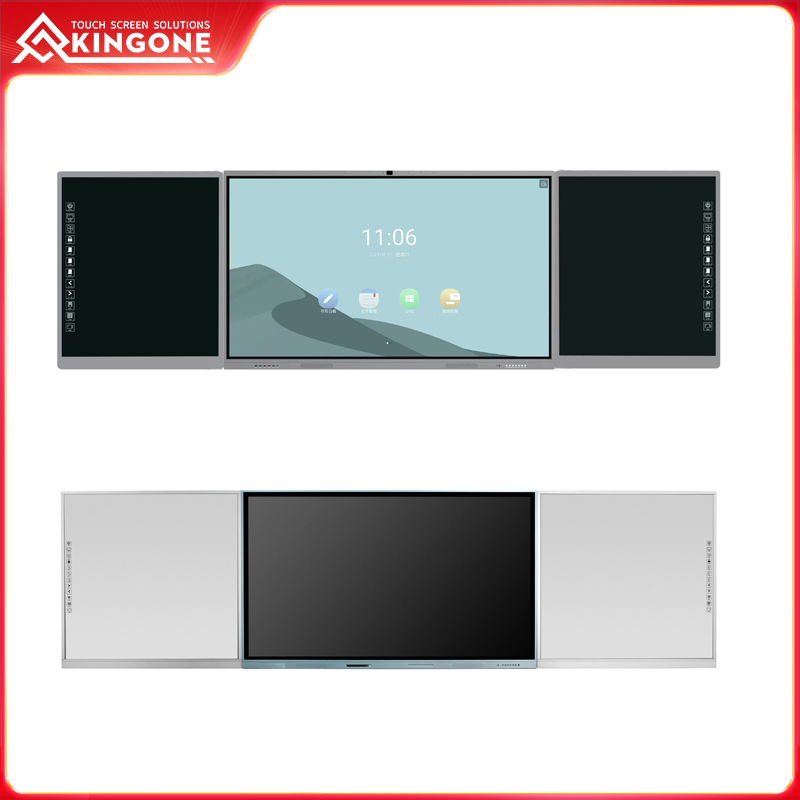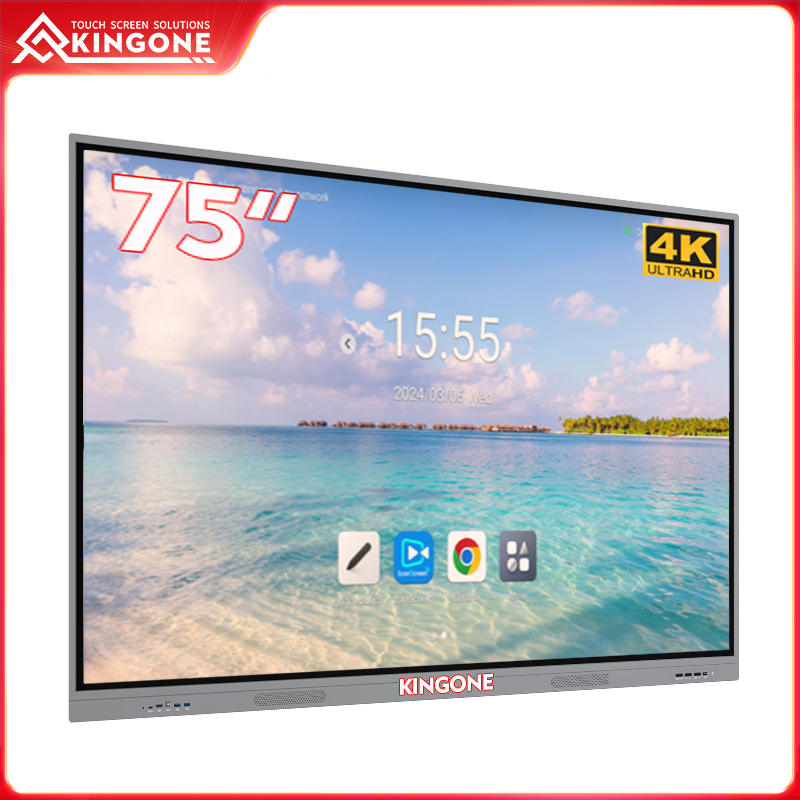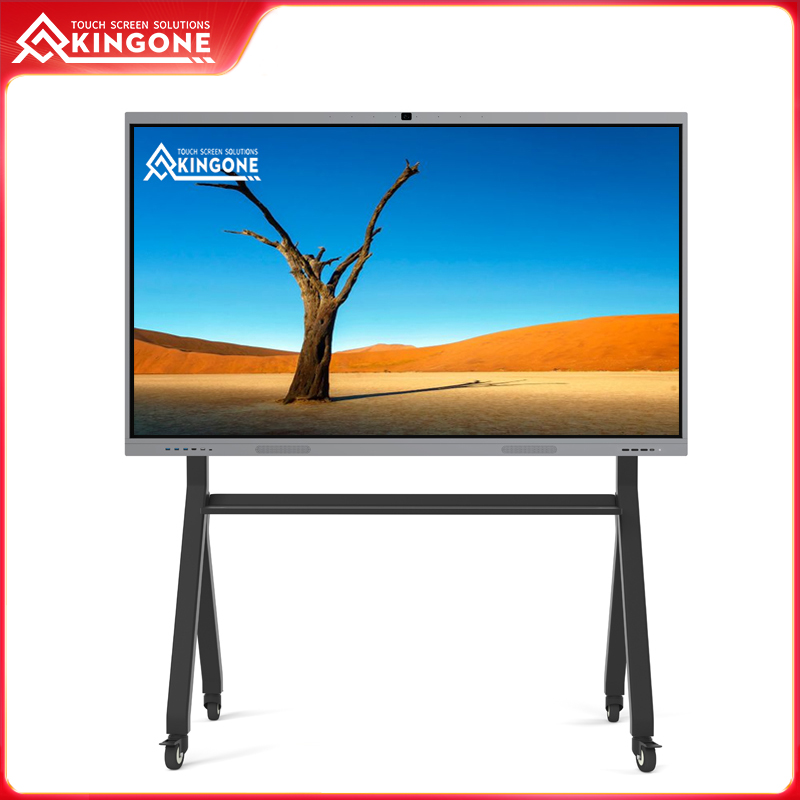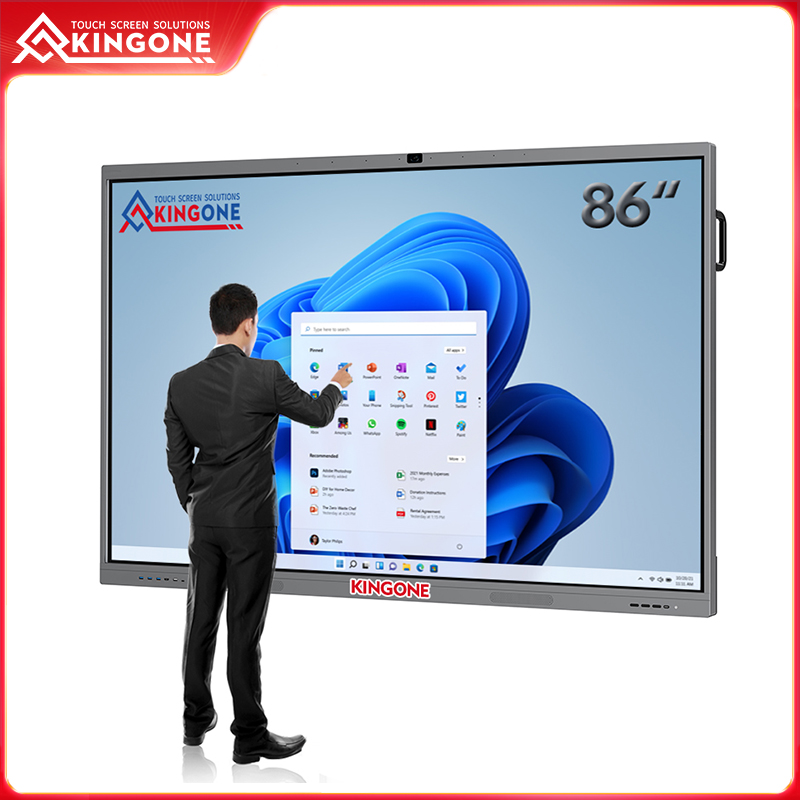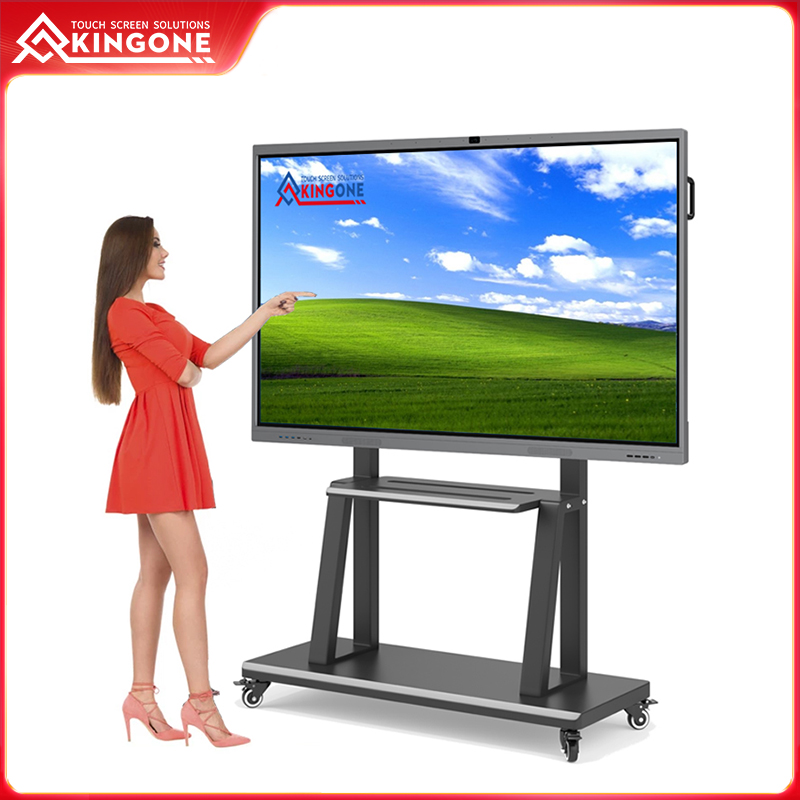Can Smart Nano Blackboards Adapt to Different Learning Styles?
Published:
2023-08-24 09:47:21
Improving Education through Smart Nano Blackboards.
Smart nano blackboards are revolutionizing the way we approach education. These innovative tools utilize nanotechnology to create interactive learning platforms that can adapt to different learning styles. As technology advances, the question arises: can these smart blackboards effectively cater to the diverse needs of students? This article will explore the capabilities and potential of intelligent nano blackboards in adapting to various learning styles.
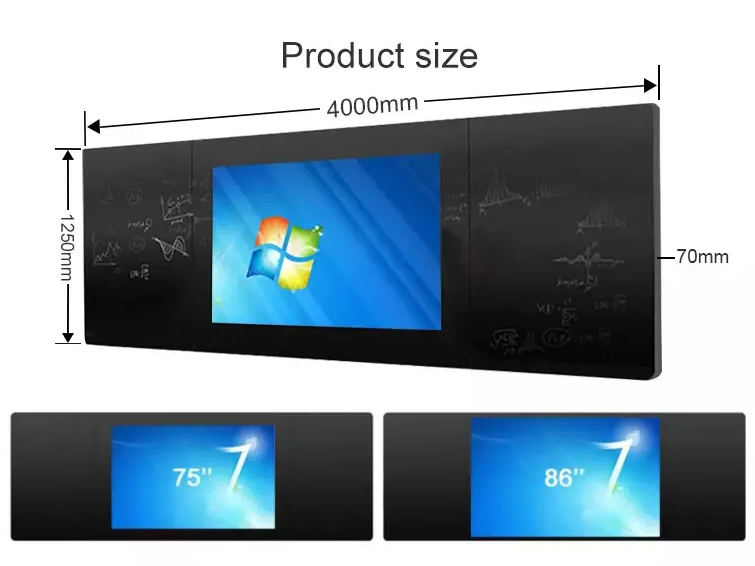
1. Understanding Different Learning Styles
Every student has a unique learning style, which refers to the preferred method they use to acquire and retain information. The most commonly recognized learning styles include visual, auditory, kinesthetic, and reading/writing. Visual learners grasp concepts better through images and visual aids, while auditory learners prefer explanations and lectures. Kinesthetic learners learn best through hands-on experiences, and reading/writing learners excel at reading and taking notes. To effectively adapt to different learning styles, Nano Blackboards must incorporate elements that cater to each of these preferences.
2. Visual Adaptations for Visual and Auditory Learners
For visual learners, Smart Nano Blackboards can incorporate vibrant and visually appealing graphics, diagrams, and illustrations to enhance understanding. Additionally, videos and animations can be utilized to reinforce concepts for both visual and auditory learners. By presenting information in a visually engaging manner, these blackboards accommodate the needs of diverse learners, ensuring effective information assimilation.
3. Interactive and Hands-On Features for Kinesthetic Learners
Kinesthetic learners benefit from hands-on experiences. Smart Nano Blackboards can facilitate this by providing interactive features such as touch-sensitive screens and virtual simulations. These features allow kinesthetic learners to engage actively with the learning material, enhancing their understanding and retention. Through interactive elements, Smart Nano Blackboards can effectively address the needs of kinesthetic learners.
4. Combination of Textual and Audio Features for Reading/Writing and Auditory Learners
Reading/writing and auditory learners rely on textual and audio content to grasp information. Smart Nano Blackboards can incorporate speech-to-text conversion features to provide textual content for reading/writing learners. Simultaneously, audio features such as recordings and voice-overs can assist auditory learners in comprehending the material effectively. By combining textual and audio elements, these blackboards can cater to the needs of both reading/writing and auditory learners.
5. Personalized Learning and Adaptive Algorithms
Smart Nano Blackboards can enhance the learning experience further through adaptive algorithms. By analyzing students' learning styles and preferences, these blackboards can personalize the content and method of delivery. Customized lesson plans, tailored examples, and interactive exercises can be generated to suit individual learning needs. This personalized approach ensures effective comprehension and retention for all students.
Smart Nano Blackboards have the potential to revolutionize education by adapting to different learning styles. Through visual adaptations, interactive features, and personalized learning, these blackboards can accommodate the needs of visual, auditory, kinesthetic, and reading/writing learners. By harnessing the capabilities of nanotechnology, Smart Nano Blackboards offer an inclusive and dynamic learning experience, ensuring optimal understanding and engagement for students of all styles.
 English
English

